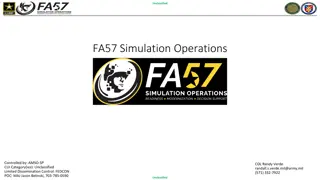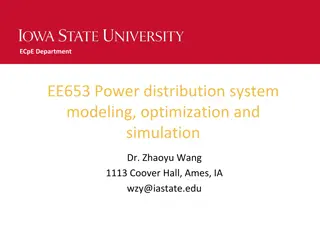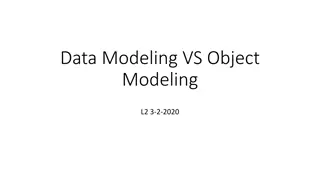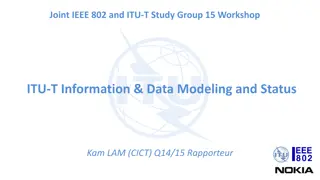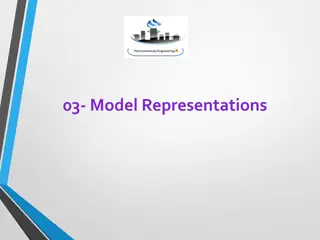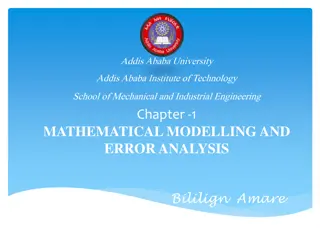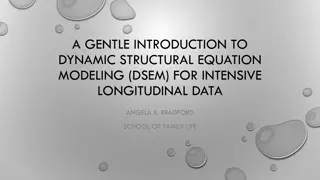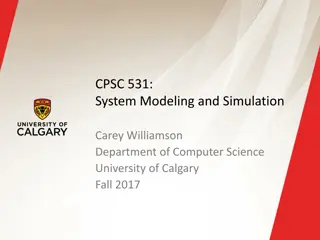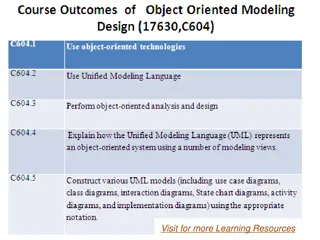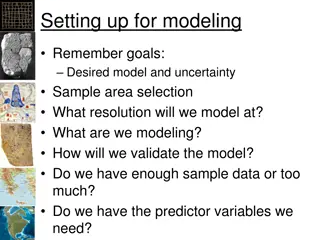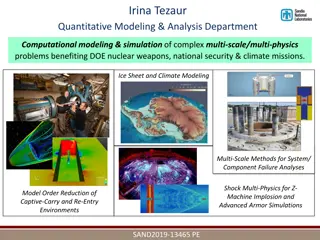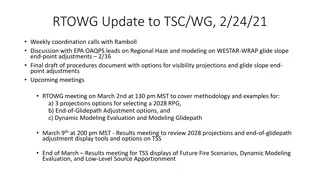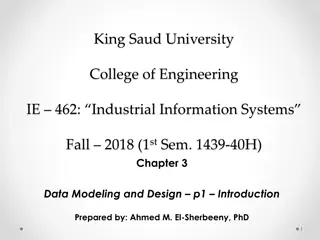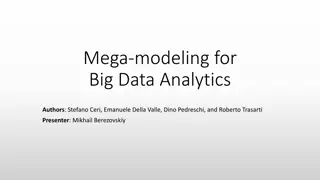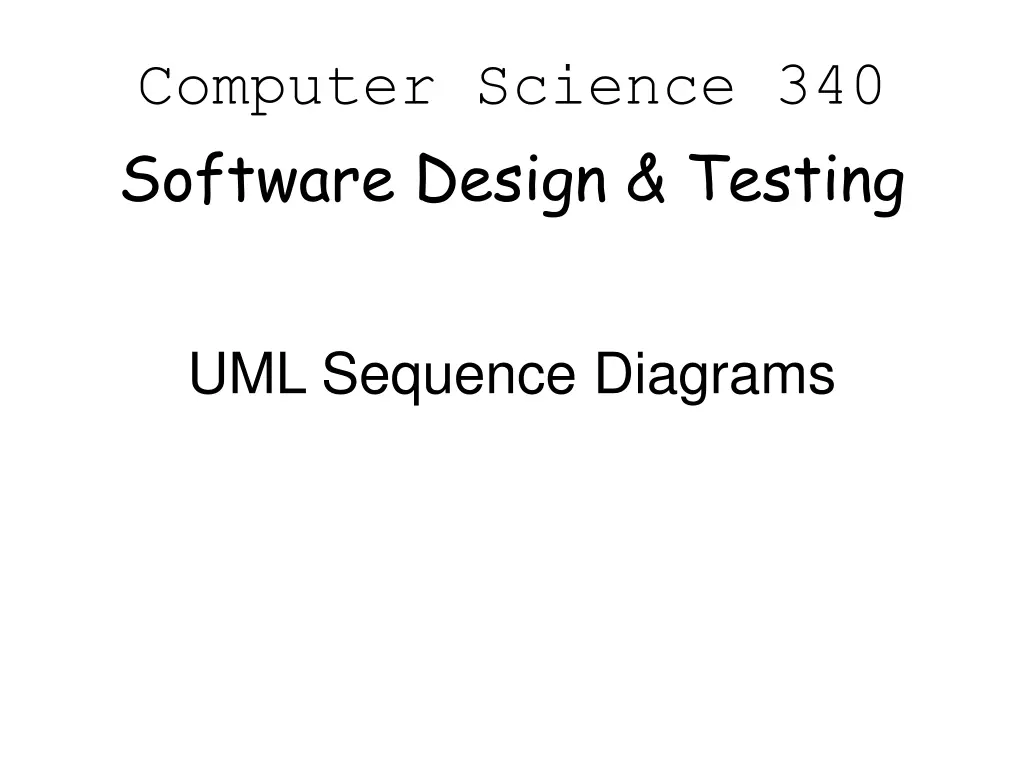
Behavioral Modeling in UML Class Diagrams
"Explore how Behavioral Modeling in UML Class Diagrams captures the dynamic behavior of a system, highlighting object interaction, message flow, and algorithms. Understand the importance of modeling both static and dynamic aspects for system functionality and efficiency."
Download Presentation

Please find below an Image/Link to download the presentation.
The content on the website is provided AS IS for your information and personal use only. It may not be sold, licensed, or shared on other websites without obtaining consent from the author. If you encounter any issues during the download, it is possible that the publisher has removed the file from their server.
You are allowed to download the files provided on this website for personal or commercial use, subject to the condition that they are used lawfully. All files are the property of their respective owners.
The content on the website is provided AS IS for your information and personal use only. It may not be sold, licensed, or shared on other websites without obtaining consent from the author.
E N D
Presentation Transcript
Computer Science 340 Software Design & Testing UML Sequence Diagrams
Behavioral Modeling in UML Class Diagrams are used to model the static structure of a system The things in the system and the connections between them In addition to static structure, a system also has dynamic behavior The system must DO something to be useful How the objects in the system interact at runtime When and by whom are the various objects created? What is the message flow between the various objects? What are the Algorithms?
Sequence Diagrams Sequence Diagrams are used to show how messages flow between objects They provide one possible representation for algorithmic behavior Pseudo code is another Sequence Diagrams contain: Objects (instances) Lifelines Messages
Object Lifelines anObject Time proceeds from top to bottom Dashed line represents the lifetime of the object (the time during which the object exists) Activation boxes show when the object is active (i.e., executing an operation)
Message Passing object A object B object C DoIt() msgA(x,y,3) getName() name msgB(u,v) msgC()
Creating/Deleting Objects object A new object B delete
Example r : Registrar : School c1 : Course c2 : Course new s : Student addStudent(s) register() getSchedule() add(s) add(s) setRegistered(true) Source: Booch et. al., The UML User Guide
Example : Floor Button : Controller : Elevator : Door Push PushNotify Illuminate(true) Move(floor) ReachedFloorNotify Stop Illuminate(false) Open Close
Iteration and Branching Source: Fowler, UML Distilled
Pseudo Code Create new student Add new student to school For each course in student's schedule Add student to course Mark student as "registered"
Pseudo Code For each line item in the order If item is in stock Decrement quantity of item in stock If item needs to be reordered Create re-order request Create delivery request
Sequence Diagrams vs. Pseudo Code Sequence diagrams are good at showing how multiple objects work together to achieve a task Algorithms are frequently distributed across multiple classes Sequence diagrams excel at showing the message flow across participating objects Sequence diagrams are not good at showing complex logic Complex logic = Lots of iteration and branching If complex logic is needed, you can create a separate diagram for each major path, thus keeping each diagram as linear as possible Pseudo code can be a better representation for complex algorithms

